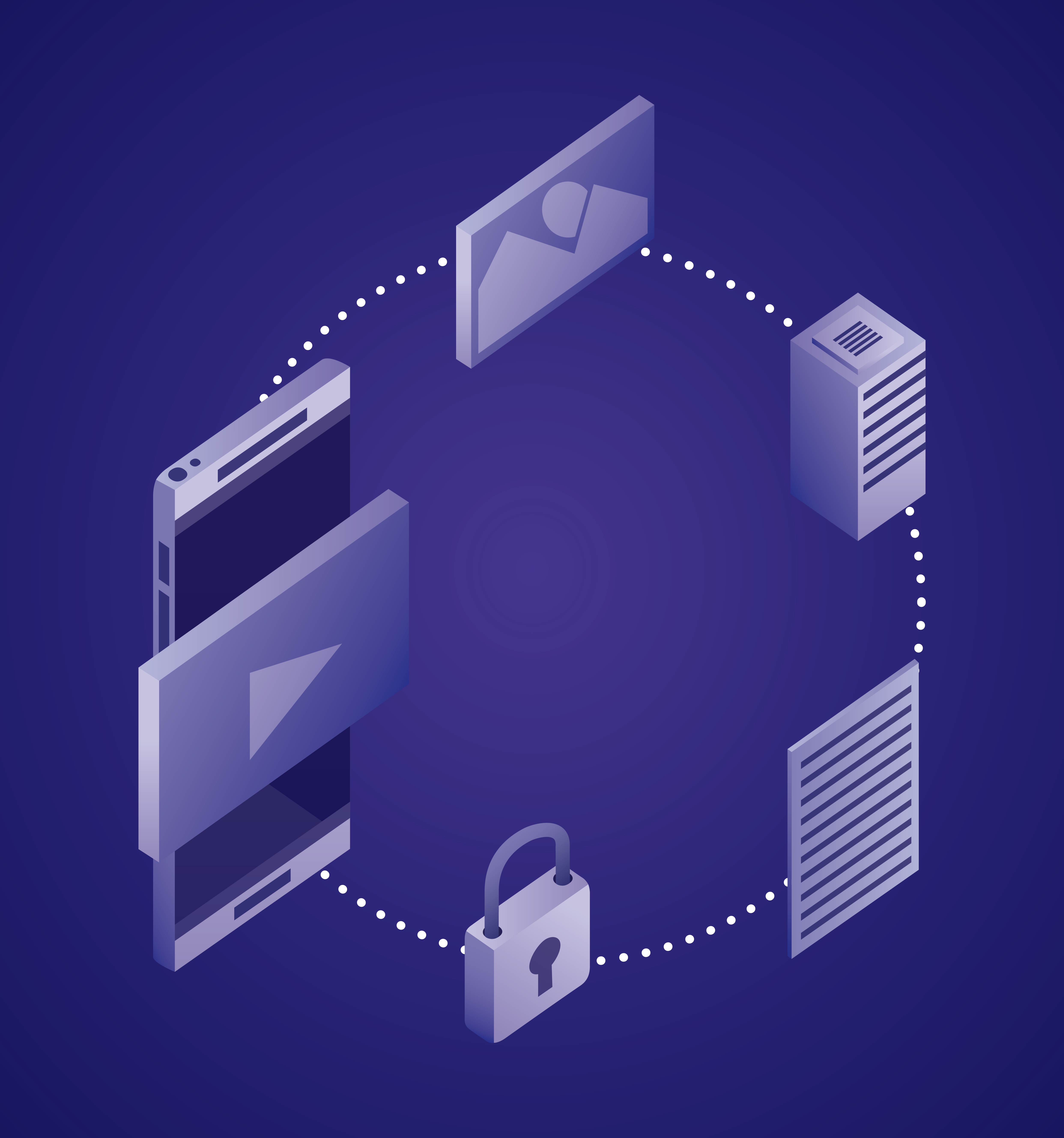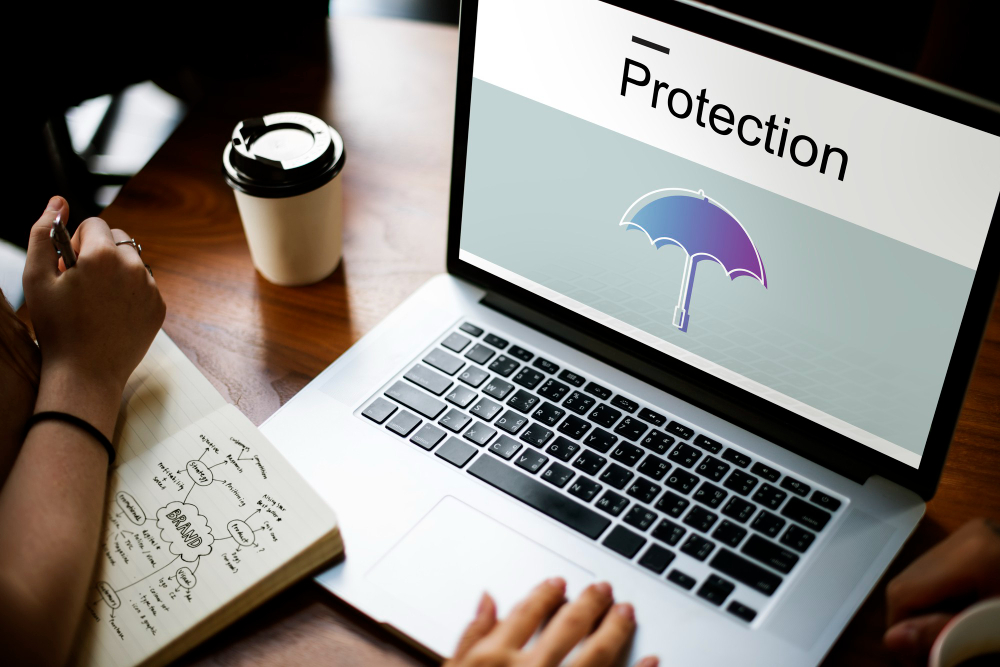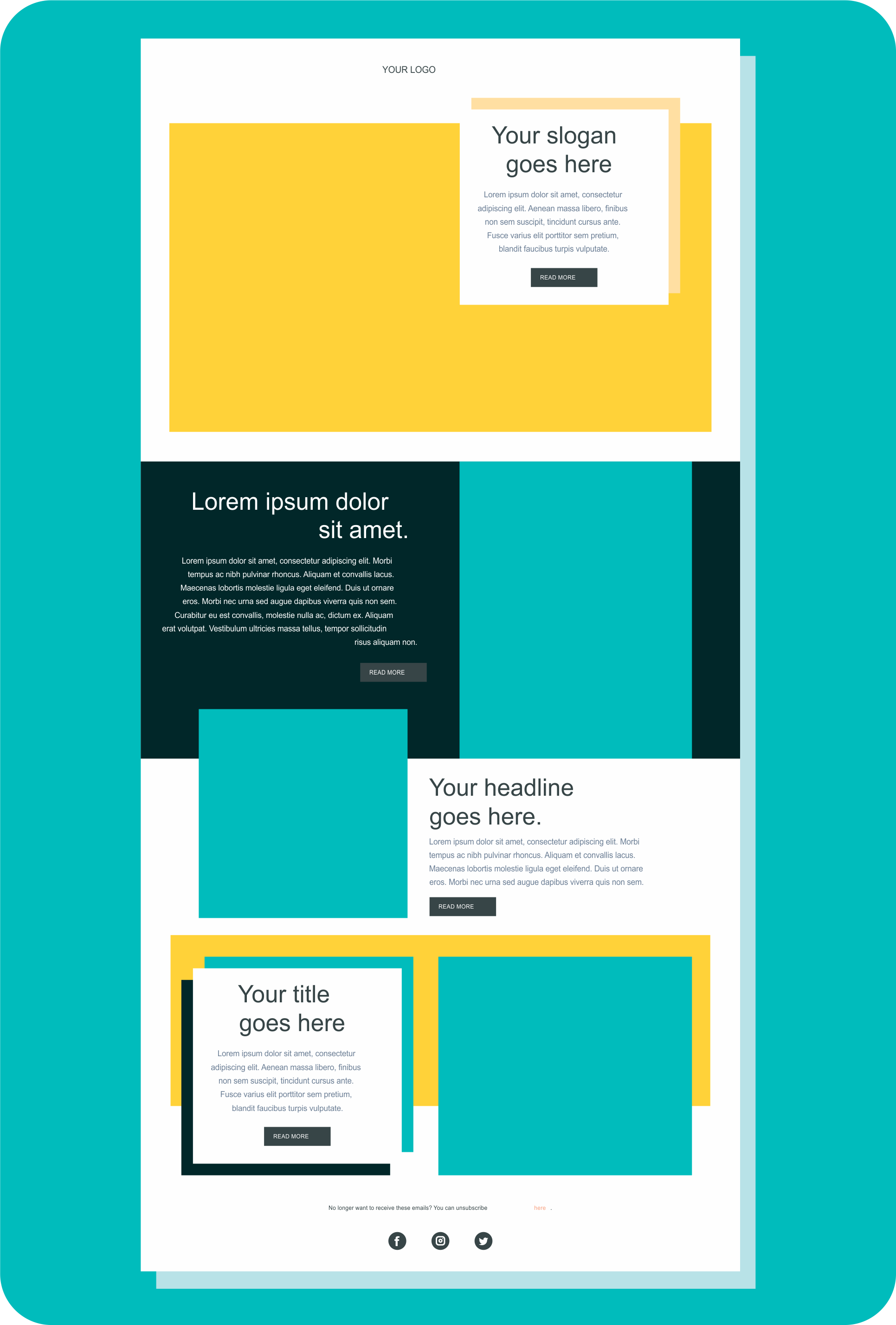
Website security is not just a matter of compliance, it’s a critical aspect of safeguarding your digital presence and user trust. In this comprehensive guide, we will give detailed information on the top 10 tips for effective website security maintenance. These practical strategies, combined with additional insights for website security improvement, will empower you to fortify your website against potential threats, ensuring a secure and resilient online environment.
Regular Software Updates: Stay Ahead of Vulnerabilities
Frequently updating your website’s software is like fortifying castle walls. Whether it’s your Content Management System (CMS), plugins, or other applications, software updates often include patches for known vulnerabilities. Regularly check for updates and apply them promptly to stay ahead of potential security risks. Consider implementing automated tools to streamline the software update process. Automated updates ensure that your website is consistently fortified against emerging threats without relying on manual checks.
Implement SSL Certificates: Secure Data Transmission

Securing data transmission is a non-negotiable aspect of website security. SSL certificates encrypt the data exchanged between your website and its visitors, providing an added layer of protection. Invest in a robust SSL certificate to establish a secure connection and reassure your users that their information is safe. Consider upgrading to Extended Validation (EV) SSL certificates for enhanced user trust. EV SSL certificates trigger a visible green address bar, indicating a higher level of security to your visitors.
Conduct Regular Security Audits: Identify Weaknesses
Proactive security audits are your preemptive strike against potential threats. Regularly assess your website’s infrastructure, codebase, and third-party integrations. Identify and address vulnerabilities before they become exploitable, ensuring a resilient defense against cyber threats. Periodically conduct penetration testing to simulate real-world cyber-attacks. This advanced measure helps identify hidden vulnerabilities that standard security audits might overlook.
Strong Password Policies: Guard Access Points

Your website is only as secure as its weakest password. Enforce strong password policies for all user accounts, including administrators, editors, and contributors. Encourage the use of complex passwords and implement Two-Factor Authentication (2FA) to add an extra layer of security to user access points. Encourage the use of password manager tools to generate, store, and manage complex passwords securely. Integrating a password manager enhances user compliance with strong password policies.
Backup Your Website Regularly: Prepare for the Unexpected
Consider website backups as your safety net in times of crisis. Regularly back up your website, including databases and files. In the event of a security breach or data loss, having up-to-date backups ensures you can quickly restore your website to its previous state, minimizing downtime and potential damage. Store backups in an off-site location or a secure cloud platform to mitigate risks associated with server failures or physical damage to your primary data storage.
Monitor User Access: Control Permissions

Implement a granular approach to user access by defining and regularly reviewing user permissions. Assign roles based on responsibilities, limiting access to only what is necessary. Regularly audit and update user permissions to minimize the risk of unauthorized actions. Implement Role-Based Access Control (RBAC) to finely tune user permissions based on job roles, reducing the risk of unauthorized access and potential security breaches.
Web Application Firewall (WAF): Add an Extra Layer of Protection
A Web Application Firewall (WAF) acts as a sentinel, filtering out malicious traffic before it reaches your server. Integrate a WAF into your security strategy to add an additional layer of protection against common web-based attacks, providing a robust defense against evolving threats. Ensure that your WAF rules are regularly updated to defend against evolving threats. Regular updates maintain the effectiveness of your firewall in blocking new attack vectors.
Keep an Eye on File Uploads: Prevent Malicious Content

File uploads can be an avenue for attackers to inject malicious content. Implement strict controls on file types and sizes that can be uploaded to your website. Regularly scan uploaded files for potential threats, ensuring that your platform remains free from malicious content. Consider whitelisting specific file types that are essential for your website’s functionality. This reduces the risk of malicious file uploads while maintaining the necessary flexibility for legitimate content.
Monitor Website Analytics: Detect Anomalies
Your website’s analytics can be a treasure trove of information about potential security threats. Regularly monitor for unusual patterns, sudden traffic spikes, or unexpected access attempts. Implementing a robust monitoring system allows you to detect anomalies promptly and take appropriate action. Incorporate User Behavior Analytics (UBA) to identify abnormal patterns in user interactions. UBA enhances anomaly detection by understanding typical user behavior and flagging deviations that may indicate a security threat.
Educate Your Team: Foster a Security-Conscious Culture

Security is a team effort. Foster a security-conscious culture within your team by providing ongoing training and awareness programs. Keep your team informed about the latest security threats, best practices, and the importance of adhering to security protocols. A well-informed team is your first line of defense against potential security breaches. Conduct simulated phishing exercises to test your team’s ability to recognize and respond to phishing attempts. This proactive approach strengthens your team’s resilience against social engineering attacks.
Elevate Your Security Strategy to the Next Level
In addition to the core tips mentioned, consider incorporating advanced security measures such as web application firewalls (WAFs) and penetration testing. WAFs act as an additional shield against online threats, while regular penetration testing simulates real-world cyberattacks, allowing you to identify and address potential weaknesses in your security infrastructure.
Remember, the digital landscape is dynamic, and your security strategy should evolve accordingly. Stay informed about emerging threats, regularly update your knowledge, and engage with cybersecurity communities to stay one step ahead. By implementing a comprehensive and evolving security strategy, you not only protect your website but also contribute to a safer online environment for everyone.
In conclusion, effective website security maintenance requires a comprehensive and proactive strategy. By implementing these detailed tips and staying informed about advanced security measures, you can fortify your website against potential threats and create a secure digital space for both you and your users. For personalized guidance or assistance with enhancing your website security, our expert team at Ideastosites is ready to support you. Stay secure, stay confident.











